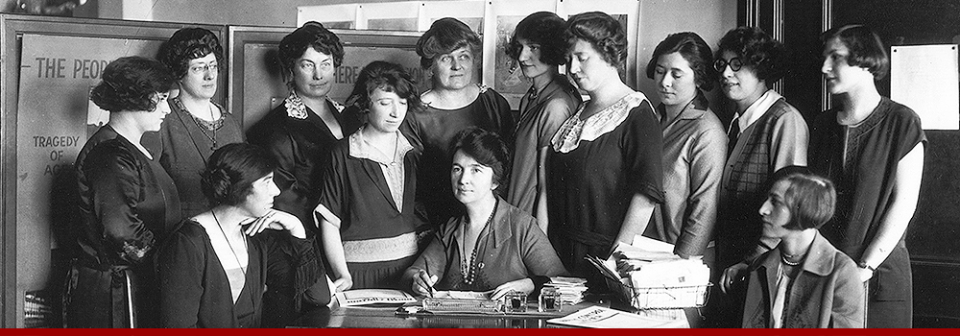Throughout the history of the United States, the judicial system has been used as a mechanism for social change. Consider some of the most monumental decisions, from Brown v. the Board of Education to the more recent case of Obergefell v. Hodges. The decisions of these two cases reflected the evolving opinions among the American people, and enabled society to implement the necessary changes. In times when the situation requires a quick solution, the court room provides a benefit over legislation, as it takes less time to reach and implement a decision, then it does to pass new legislation. Therefore, when Margaret Sanger was faced with the restriction of censorship that was the by-product of obscenity laws, she sought a situation that would allow her to speedily remedy the situation. She believed that the repeal of the Comstock laws would allow the birth control movement to continue on past the problem of censorship, and towards legalization. Thus led to the filing her test case, U.S. v. One Package of Japanese Pessaries.

Sanger and Morris Ernst
By the 1930’s, Margaret Sanger had made strides in the fight for women’s access to birth control, at least on a New York State level. However, her ability to provide both birth control and information about birth control was limited by the presence of the Comstock laws. Passed by congress on March 3, 1873, the Comstock laws were the first legislation to deal with contraceptives explicitly, and they defined contraceptives as obscene, and prohibited their circulation, and information regarding the prevention of conception. The development of this bill was essentially based on morality, as contraceptives were believed to provoke lust. Initially, this bill made it nearly impossible for women to obtain birth control, and despite being rarely enforced during the 1930’s, fear was enough to prevent the circulation of materials. At this point, Sanger had realized that to open the access to birth control that had been so severely limited by the Comstock laws, she needed to create a case that could challenge its precedent. In June of 1932, she found her opportunity. A package of pessaries was shipped to her from Japan, only to be seized by customs and sent back to Japan. Sanger ingeniously built her test case on this result, asking Dr. Sakae Koyama, president of the Juzen Hospital in Osaka, to send a second package to the United States, this time to Dr. Hannah Stone. As Sanger expected, the package was again seized

by customs, giving her a situation on which she could build her test case. According to Section 305 of Title III of Revenue Act, Dr. Stone did not have the right to import contraceptives. This test case was well thought out, as Sanger had spent time with her attorney, Morris Ernst, planning for this opportunity. They wanted to challenge the federal law’s ability to inhibit doctors from prescribing their patients contraceptives.

Hannah Stone
The presiding judge on the case, Grover C. Moskowitz, heard the case on December 10th, 1935. As there were in facts in question, the case was based on his judicial interpretation of the law. On January 6th, 1939, Judge Moskowitz ruled in the favor of the women’s rights activists. He dismissed the libel charges within the case, and stated that the pessaries that had been confiscated did not come within the scope of the Comstock Laws, as they were intended for a lawful purpose, which was to “cure and prevent disease.” Later, when the case went in front of the U.S. Court of Appeals, Judge Augustus Hand upheld the decision made by Judge Moskowitz. According to Hand, the language used within the Comstock Laws was uncompromising; however it would be legal for contraceptives to be imported into the United States so long as they were being administered by a health professional for reasons pertaining to the patient’s health. Judge Hand believed that had 19th century Congress been familiar with the data discussing the dangers of multiple pregnancies, they would not have implemented such strict censorship laws on birth control. This 1939 decision is often accredited to being the first step in giving women full legal access to birth control.
Margaret Sanger’s calculated decision to use a court case to challenge the precedent of
the Comstock laws helped her to grant women further access to birth control. As the public’s attitude toward birth control was improving, Sanger utilized it to further her agenda of legalizing birth control. However, the scope for which birth control was legalized was narrow, as it was only permissible in situations relating to women’s health. Margaret Sanger’s reaction to the decision of her case was a mixture of dissatisfaction and caution, as she knew would continue to work towards giving women unrestricted access to birth control. While the One Package Decision was a crucial stepping stone, it left birth control activists with the realization that they still had a tremendous amount of work to do. For as Margaret Sanger once wrote, “No woman can call herself free who does not own and control her own body.”
